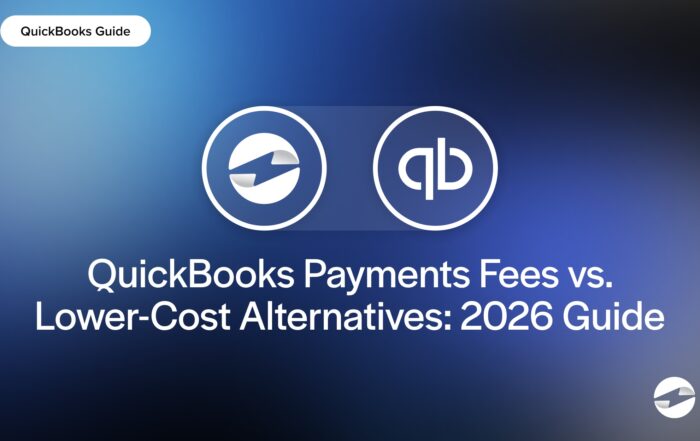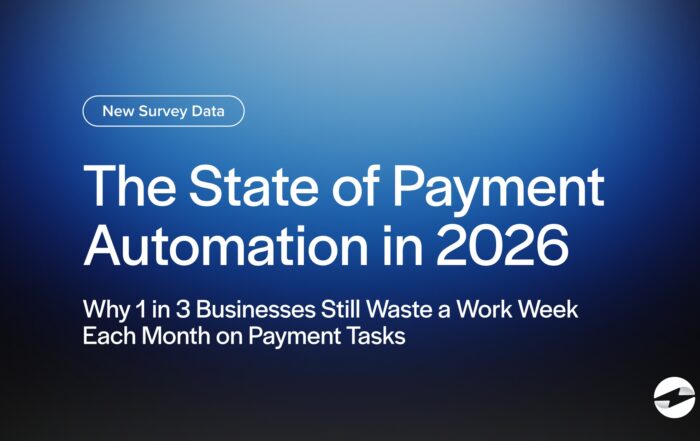What is ACH?
ACH stands for Automatic Clearing House and is an electronic payment network to move money between bank accounts in the US. It’s used for direct deposit, bill pay, and business transactions. The ACH network is governed by NACHA (National Automated Clearing House Association) and is secure, efficient, and cost-effective.
ACH payments are processed in batches, not individually, which keeps costs lower than wire transfers or credit card payments.
Common examples of ACH transactions include:
- Direct deposit paychecks
- Automatic bill payments (like utilities and subscriptions)
- Business-to-business payments
- IRS tax refunds
The ACH network is popular because it’s trustworthy and more affordable than alternatives like wire transfers or credit cards.
Key Points
- ACH is a secure and cost-effective payment method. Because ACH transactions have fewer fees than wire transfers and credit card payments, they are often used for payroll, bill payment, and company transfers.
- ACH payments process in batches – Since the payments are processed in batches, ACH transfers usually take 1-3 business days. Some banks offer same-day ACH for an extra fee if you need it faster.
- ACH transactions require bank account and routing numbers – As long as you have the recipient’s account and routing numbers, you can easily send money through your bank, payroll provider, or payment processor.
How to send an ACH payment
Sending an ACH payment is simpler than you think.
- Gather payment information. You’ll need the recipient’s bank account and routing number.
- Choose a payment method. You can send ACH payments through your bank, payroll provider or payment processor.
- Authorize the transaction. Depending on the setup you may need to sign an ACH authorization form.
- Submit the payment. Once approved the payment is processed through the ACH network.
Businesses use ACH for payroll, vendor payments and customer billing. Individuals tend to use it for bill payments or direct deposits.
What is an ACH number?
The ACH number isn’t just one number—it’s a combination of the routing number, which identifies the bank, and the account number which identifies the specific account. Together, these numbers help route ACH payments correctly and ensure funds move smoothly through the ACH network.
ACH vs. EFT: what’s the difference?
ACH is a type of electronic funds transfer (EFT), but not all EFTs are ACH payments. This can be a little confusing to understand so here’s a quick breakdown:
| ACH Payments | EFT Payments |
|---|---|
| Processed in batches | Often processed instantly |
| Used for direct deposits, bill payments, etc. | Includes ACH, wire transfers, and card payments |
| Lower fees | Varies depending on method |
If you’re paying a bill online from your bank account, that’s likely an ACH transaction. If you’re wiring money internationally, that falls under EFT but not ACH.
How long does an ACH transfer take?
ACH transfers typically take 1-3 business days to process, depending on the bank and the type of transaction.
- Standard ACH transfers: Usually settle within 1-3 business days.
- Same-day ACH: Allows payments to clear on the same business day, but banks may charge extra fees for this service.
Wire transfers happen in real-time, but ACH transactions go through a batch processing system, which is why they take longer. Keep in mind that the time it takes to process can be affected by bank holidays.
Sending and receiving money electronically is safe and affordable with ACH payments. The better you understand ACH, the better financial decisions you can make when sending or receiving money.
You May Also Like
Read More
QuickBooks Payments Fees vs. Lower-Cost Alternatives: 2026 Guide
Read More
EBizCharge Listed as a 2025 Construction Executive Top Construction Technology Firm
Read More
Read More



